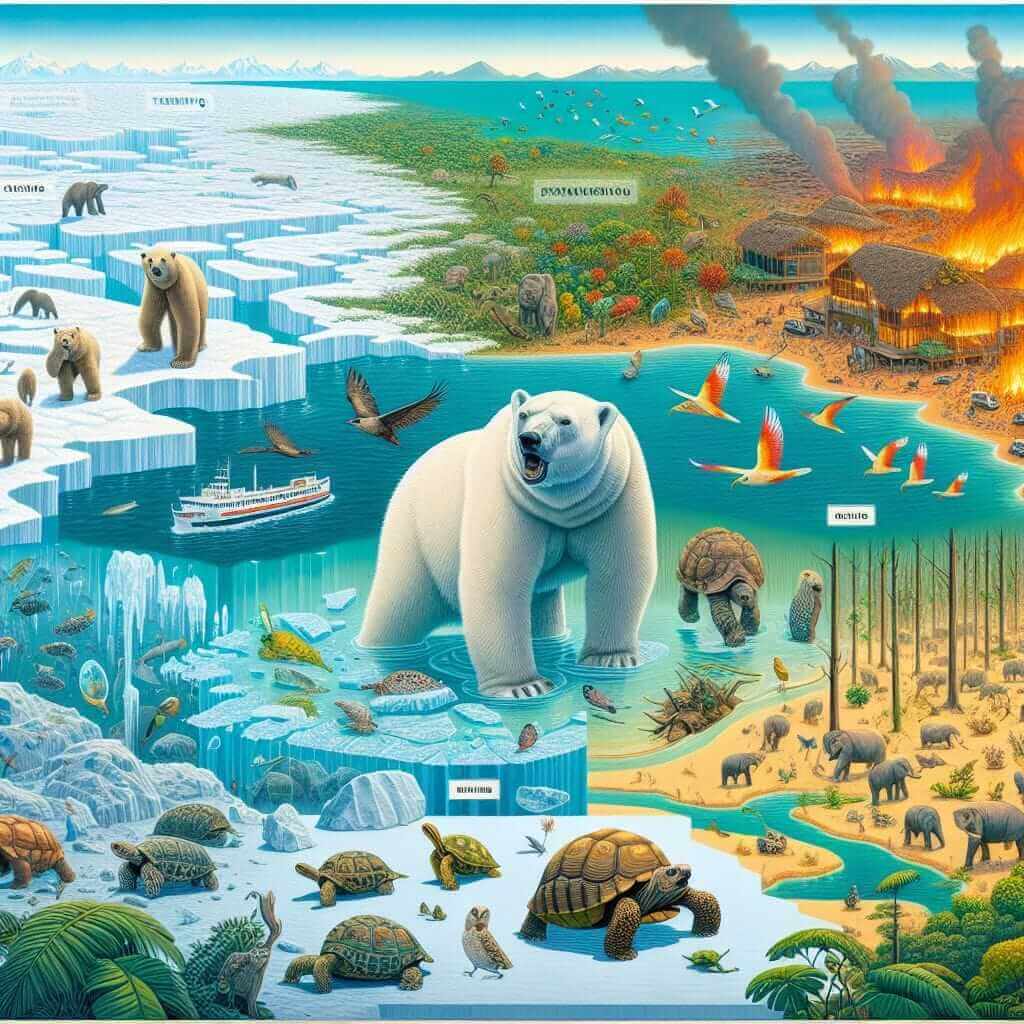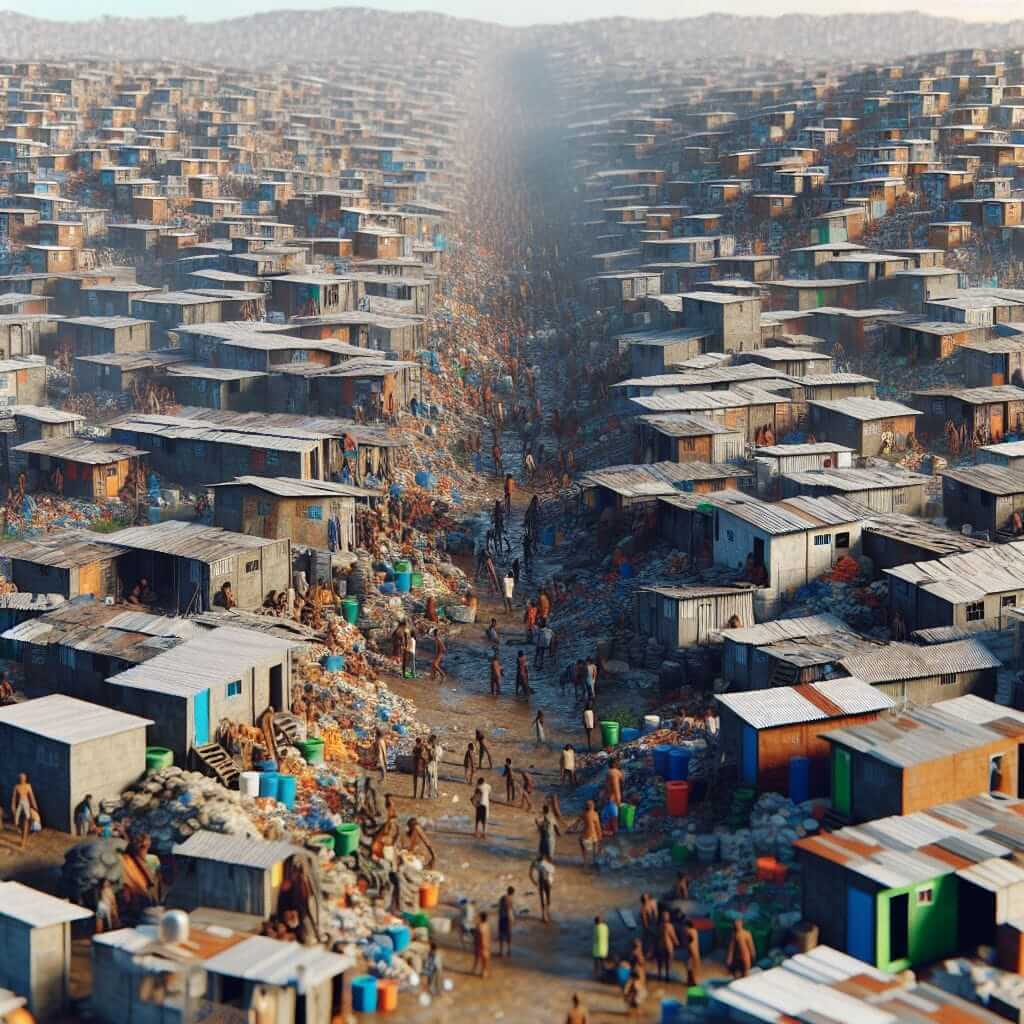Understanding the impact of climate change on biodiversity is a crucial topic, especially given the ongoing environmental challenges we face today. This subject frequently appears in IELTS Reading exams due to its significance and relevance. In this article, we will delve deeply into this topic and provide you with a structured IELTS Reading practice passage. Followed by this, you’ll find typical IELTS question types and their answers, along with explanations and useful vocabulary.
Introduction
The IELTS Reading section can be challenging, requiring candidates to quickly process detailed information and answer various question types. One recurrent theme is the environment, particularly how climate change influences biodiversity. This topic not only enhances your environmental awareness but also prepares you for potential future exams. Historically, environmental issues have been prominently featured, emphasizing the high likelihood of encountering similar topics.
Given its importance, let’s examine a model reading passage discussing the impact of climate change on biodiversity.
Reading Passage
How Does Climate Change Impact Biodiversity?
Climate change significantly alters ecosystems, threatening the survival of numerous species and disrupting biodiversity. The term “biodiversity” encompasses the variety of all living organisms on Earth, including their genetic differences and ecosystems. It’s crucial to understand how climate change contributes to the dramatic decline in biodiversity and the potential consequences of these changes.
The most evident effects of climate change on biodiversity are shifts in species distributions and population dynamics. As global temperatures rise, many species are forced to migrate to cooler regions to survive. This shift can lead to the displacement of native species, resulting in competition for resources and, in some cases, extinction.
Another critical impact is the alteration of habitats. As glaciers melt and sea levels rise, coastal and marine ecosystems are particularly vulnerable. Coral reefs, vital for marine biodiversity, are bleaching due to increased sea temperatures. This process diminishes the habitats of numerous marine species, leading to population decline.
Moreover, climate change affects the timing of biological events, such as migration, reproduction, and flowering. These phenological changes can disrupt food chains and breeding patterns, making survival more difficult for many species. For instance, birds that migrate earlier due to warmer springs might find that their food sources are not yet available.
Additionally, extreme weather conditions, such as hurricanes, droughts, and heatwaves, are becoming more frequent and severe. These events can cause direct harm to species and destroy habitats swiftly. For example, wildfires, exacerbated by prolonged droughts, devastate forest ecosystems, displacing wildlife and reducing biodiversity.
Human activities, such as deforestation and urbanization, further aggravate the impacts of climate change on biodiversity. These activities not only contribute to greenhouse gas emissions but also fragment habitats, making it harder for species to adapt to changing environments.
Efforts to mitigate climate change are essential to preserving biodiversity. Strategies include reducing greenhouse gas emissions, protecting and restoring habitats, and promoting sustainable practices. Conserving biodiversity in the face of climate change requires global cooperation and a sustained commitment to environmental stewardship.
 Climate Change Impact
Climate Change Impact
Questions
1. Multiple Choice
Question 1: What is one of the primary ways climate change affects biodiversity?
- A) Increase in genetic diversity
- B) Shifts in species distributions
- C) Decrease in deforestation
- D) Stabilization of ecosystems
Question 2: How are coral reefs being affected by climate change?
- A) They are thriving due to higher sea temperatures.
- B) They are moving to deeper waters.
- C) They are bleaching and shrinking.
- D) They remain unaffected.
2. True/False/Not Given
Question 3: Species’ migratory patterns are unaffected by climate change.
- True
- False
- Not Given
Question 4: Human deforestation directly contributes to the fragmentation of habitats.
- True
- False
- Not Given
3. Sentence Completion
Question 5: The process of coral reef bleaching diminishes the __ of numerous marine species.
Question 6: Wildfires, worsened by droughts, cause __ of forest ecosystems.
Answers
Multiple Choice
Answer 1: B) Shifts in species distributions
Explanation: Rising global temperatures force species to migrate to cooler regions, altering their distributions.
Answer 2: C) They are bleaching and shrinking
Explanation: Increased sea temperatures cause coral reefs to bleach, leading to diminished habitats.
True/False/Not Given
Answer 3: False
Explanation: Climate change significantly affects migratory patterns, as mentioned in the passage.
Answer 4: True
Explanation: Deforestation fragments habitats and contributes to greenhouse gas emissions.
Sentence Completion
Answer 5: habitats
Explanation: The bleaching of coral reefs reduces the habitats for marine species.
Answer 6: devastation
Explanation: Wildfires result in the devastation of forest ecosystems.
Common Mistakes
When tackling reading passages like this, students often struggle with comprehending detailed information quickly. Here are some tips:
- Skimming and Scanning: Quickly read the passage to get a general idea, then scan for specific information needed to answer questions.
- Keyword Identification: Identify and focus on keywords in the questions to locate answers more efficiently in the passage.
- Understanding Context: Read a few lines before and after the identified keyword to understand the context fully.
Vocabulary
- Biodiversity (n): /ˌbaɪoʊdaɪˈvɜrsɪti/ – The variety of life in the world or in a particular habitat.
- Phenological (adj): /ˌfiːnəˈlɑːdʒɪkəl/ – Relating to periodic biological phenomena such as blooming, migration.
- Extinction (n): /ɪkˈstɪŋkʃən/ – The state of a species no longer existing.
Grammar
Conditional Sentences (Type 2)
Structure: If + past simple, would + base verb
Example: If global temperatures rose, many species would be forced to migrate to cooler regions.
Conditional sentences help in discussing hypothetical situations, which are common in environmental topics.
Final Tips
To excel in the IELTS Reading section:
- Practice Regularly: Engage with different types of reading materials to improve comprehension and speed.
- Expand Vocabulary: Understanding diverse topics enhances your ability to tackle various passages.
- Review Mistakes: Analyze and learn from your errors to avoid repeating them.
To further explore similar topics, check out our related articles on How Climate Change Affects Global Biodiversity and The Effects of Climate Change on Marine Life.
By immersing yourself in a broad range of topics and honing your reading skills, achieving a high score in the IELTS Reading section is within your reach. Happy studying!


